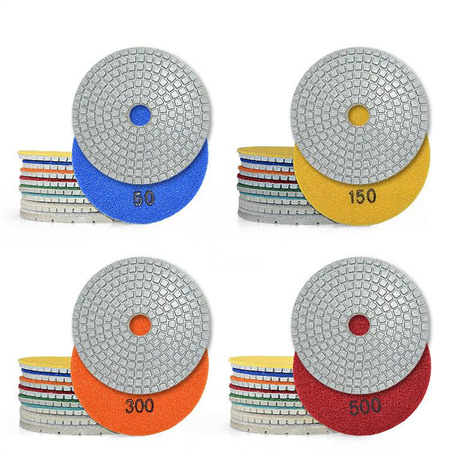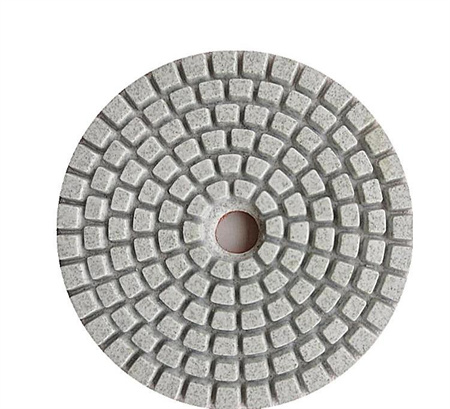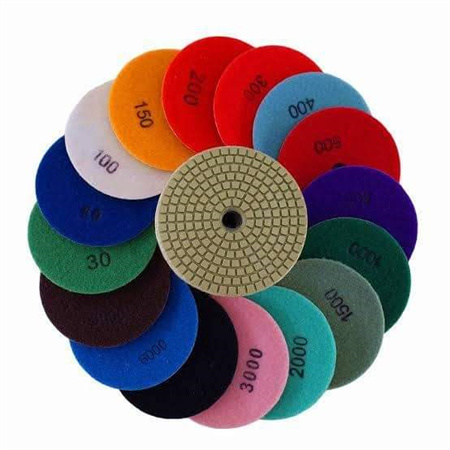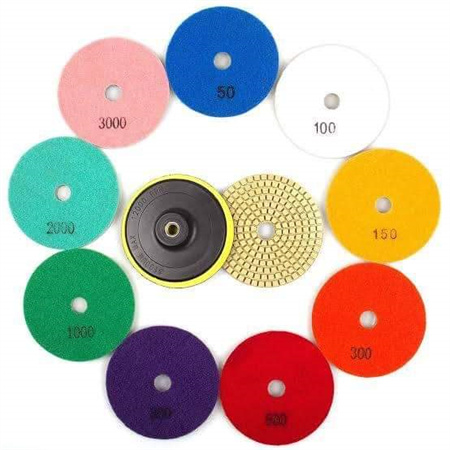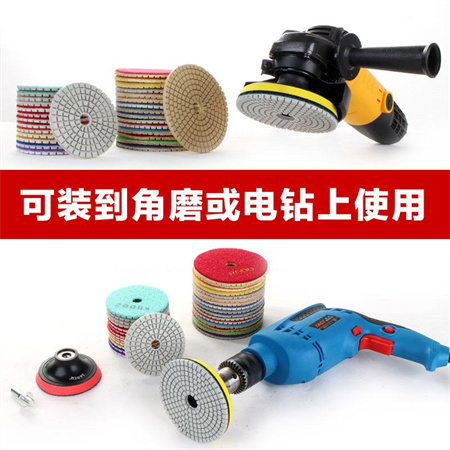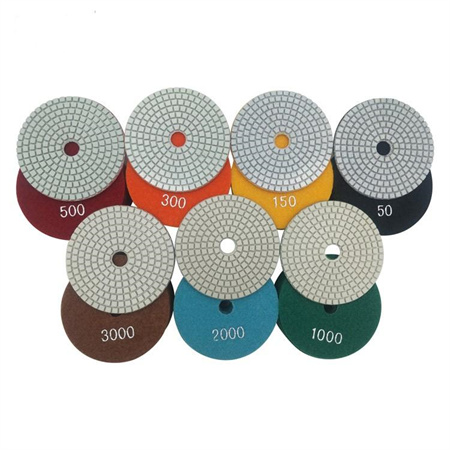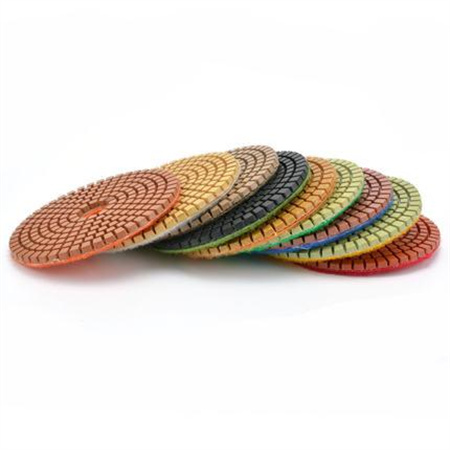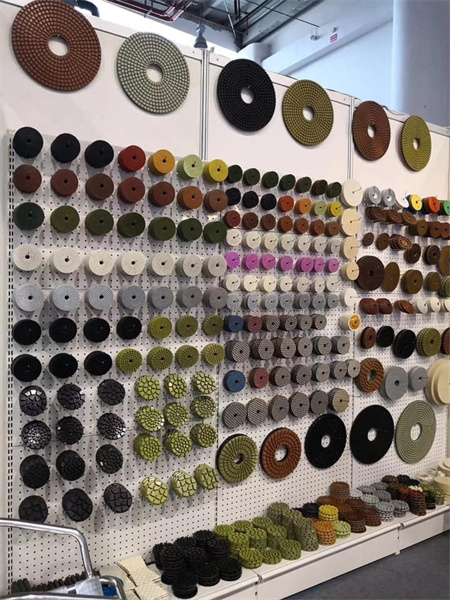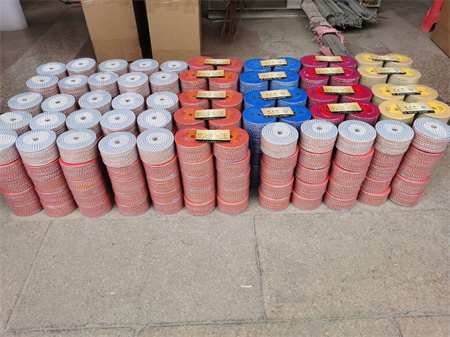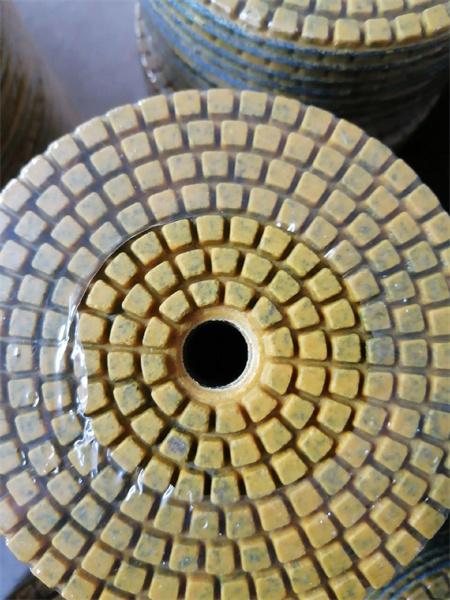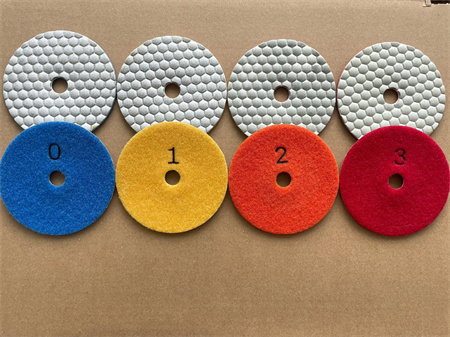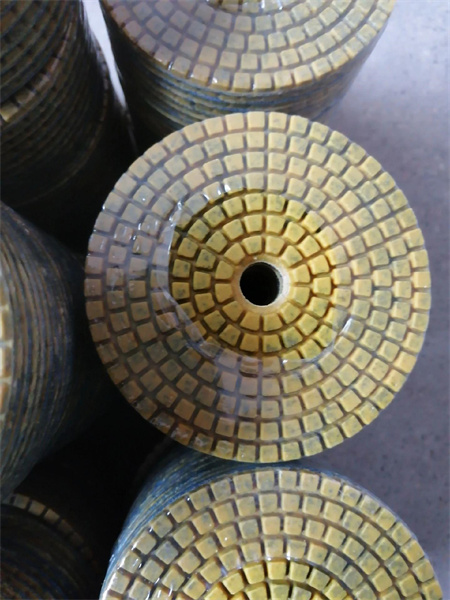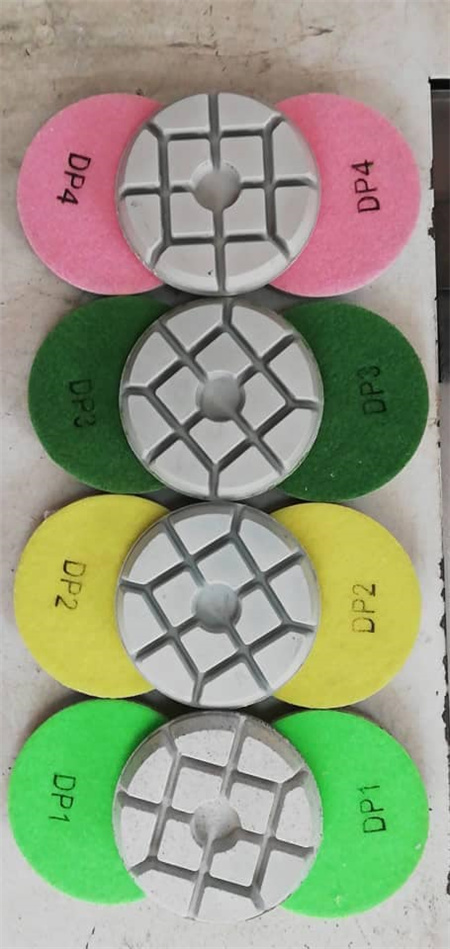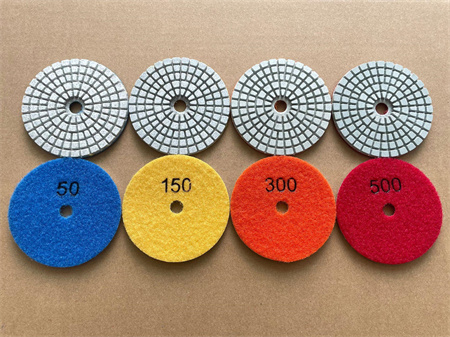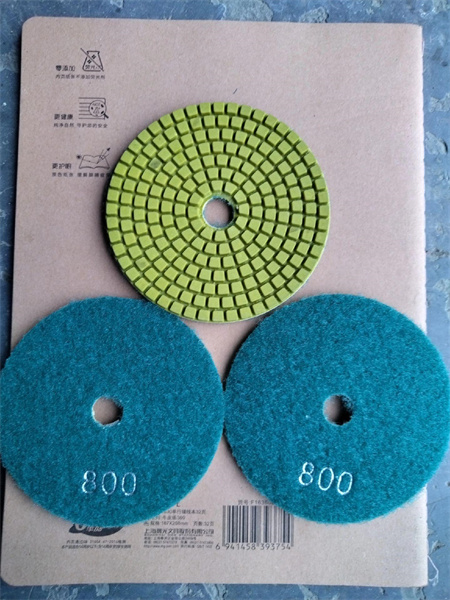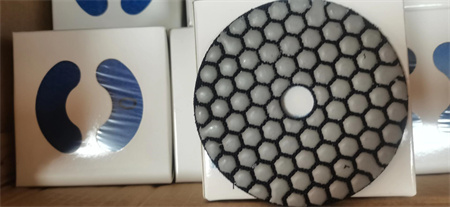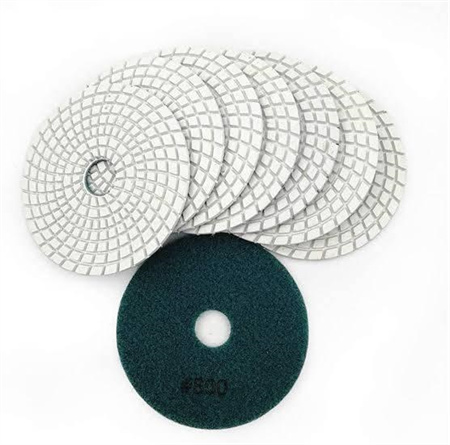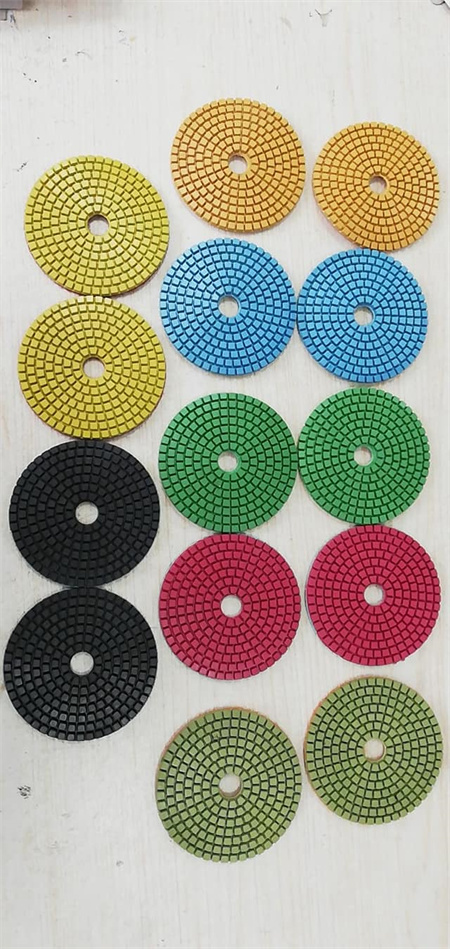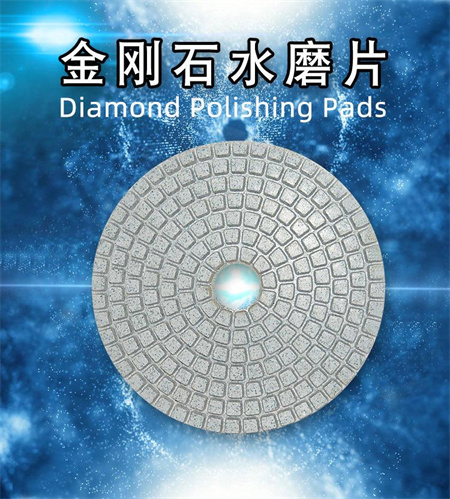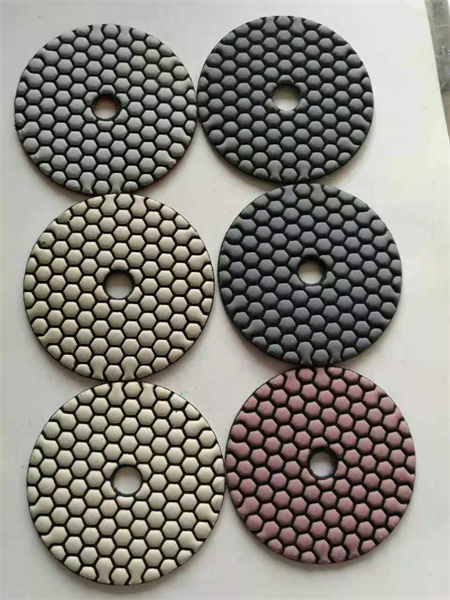Diamond Polishing Pads Export Data from China Factories
Diamond polishing pads have become a crucial component in the manufacturing and finishing industry, widely used in applications ranging from stone, glass, and concrete polishing to high-end automotive and aerospace applications. The demand for these pads continues to grow globally, and China has emerged as a key player in supplying the world with high-quality diamond polishing pads. The export data from Chinese factories highlights the immense role China plays in meeting international needs for these specialized products.
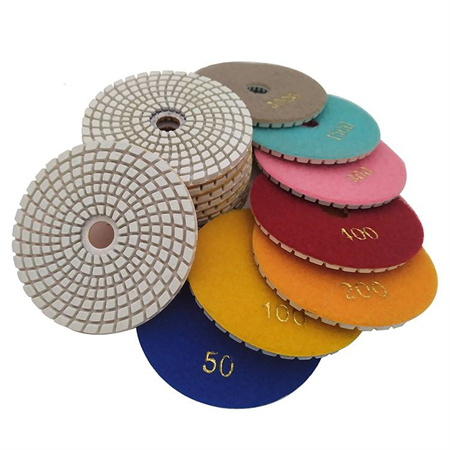
China’s factories are renowned for their cutting-edge production facilities and high manufacturing standards. With a blend of traditional craftsmanship and modern technology, Chinese manufacturers can produce a wide variety of diamond polishing pads that cater to diverse customer requirements. From basic applications to intricate and demanding tasks, these pads are designed to offer superior performance and durability, which is why they are preferred by industries worldwide.
The export data reveals a steady increase in the volume of diamond polishing pads being shipped out from China. Several factors contribute to this growth, including competitive pricing, innovative designs, and the growing demand for polishing pads in construction, manufacturing, and even consumer goods. China’s large production capacity enables it to cater to both small-scale businesses and large multinational corporations, ensuring that every demand is met efficiently.
The most notable markets for these exports include the United States, Europe, Southeast Asia, and Australia. As global construction projects and manufacturing processes become more complex and refined, the demand for high-quality diamond polishing pads has soared. These products are not only vital for polishing surfaces to achieve the desired finish but also play a role in increasing the longevity and efficiency of tools and machinery.
What’s driving this surge in demand? For one, the continuous advancements in technology have led to the development of more efficient, cost-effective diamond polishing pads. China’s factories have responded to these changes by upgrading their production lines and employing more sophisticated processes, ensuring that their products meet the highest standards of quality and reliability. The result is a surge in the number of international businesses turning to Chinese manufacturers for their polishing pad needs.
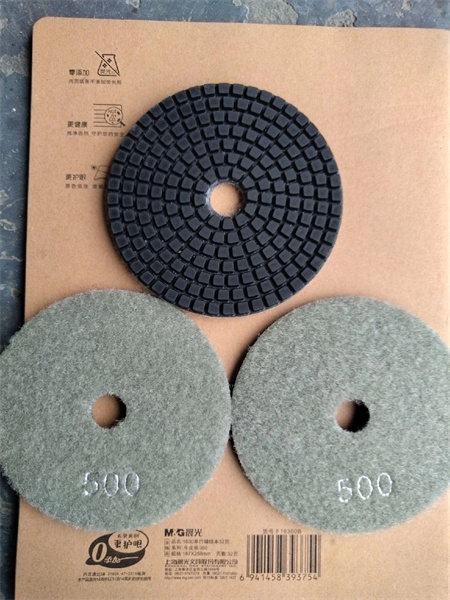
As we look to the future, China’s dominance in the diamond polishing pad export market is expected to continue. The country’s ability to scale production while maintaining quality makes it an attractive option for international buyers. Furthermore, as new markets emerge and industries continue to evolve, China’s factories are poised to adapt, ensuring they remain at the forefront of the global diamond polishing pad industry.
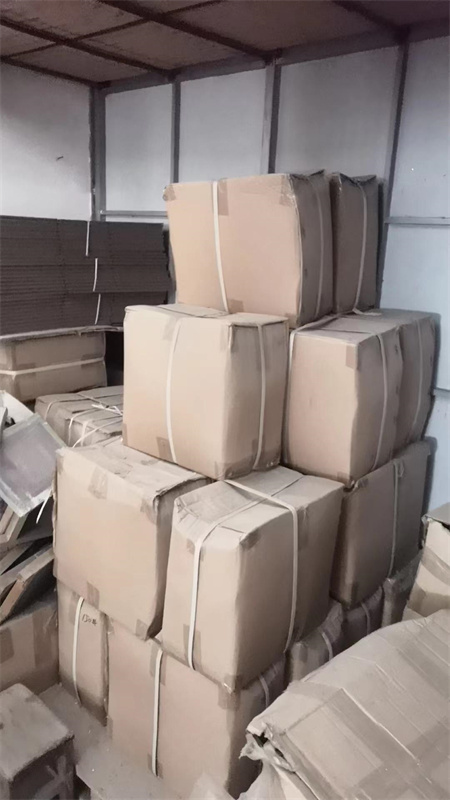
In conclusion, the export data from China’s factories clearly indicates the increasing global demand for diamond polishing pads. With China’s unparalleled manufacturing capabilities, competitive prices, and focus on quality, these pads are destined to continue playing a pivotal role in industries worldwide.
